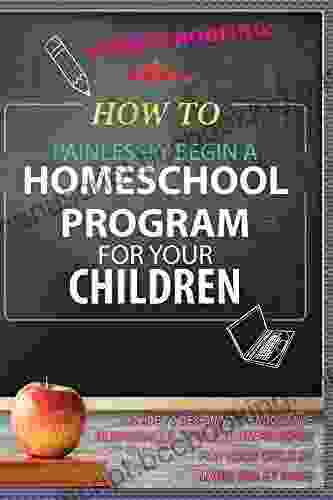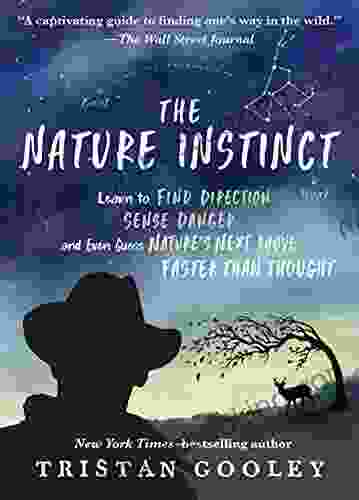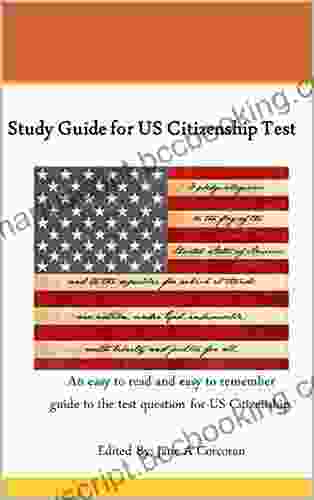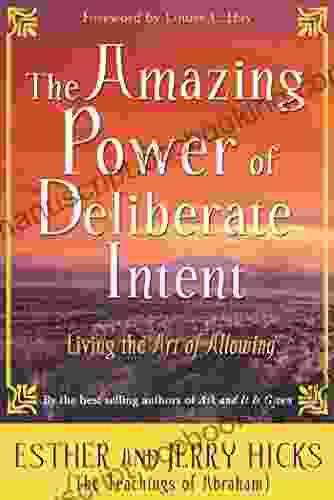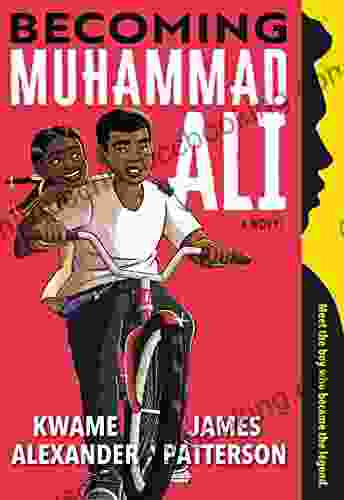How to Painlessly Start a Homeschool Program for Your Child: A Guide to Designing a Curriculum

Homeschooling has become increasingly popular in recent years, as parents seek more control over their children's education. While homeschooling can be a rewarding experience, it can also be daunting, especially for those who are new to it.
4.5 out of 5
| Language | : | English |
| File size | : | 553 KB |
| Text-to-Speech | : | Enabled |
| Screen Reader | : | Supported |
| Enhanced typesetting | : | Enabled |
| Word Wise | : | Enabled |
| Print length | : | 41 pages |
| Lending | : | Enabled |
If you're considering homeschooling your child, one of the first things you'll need to do is design a curriculum. This can be a complex task, but it's made easier with the right resources and guidance.
This guide will provide you with everything you need to know to design a homeschool curriculum that meets your child's unique learning style and educational goals.
Step 1: Assess Your Child's Learning Style
image of child learning with alt text "child learning"
Before you start designing a curriculum, it's important to assess your child's learning style. This will help you choose teaching methods and materials that are most effective for your child.
There are many different learning styles, but some of the most common include:
- Visual learners learn best by seeing information. They prefer to use pictures, charts, and graphs to learn new concepts.
- Auditory learners learn best by hearing information. They prefer to listen to lectures, podcasts, and music to learn new concepts.
- Kinesthetic learners learn best by ng. They prefer to learn by moving around, experimenting, and building things.
- Reading/writing learners learn best by reading and writing. They prefer to learn by reading books, taking notes, and writing essays.
Once you know your child's learning style, you can start to choose teaching methods and materials that are most effective for them.
Step 2: Determine Your Educational Goals
image of child drawing with alt text "child drawing"
Once you know your child's learning style, you can start to determine your educational goals. What do you want your child to learn? What skills do you want them to develop?
Your educational goals will vary depending on your child's age, abilities, and interests. However, there are some general goals that most parents share, such as:
- To provide your child with a well-rounded education that covers all major subject areas
- To help your child develop critical thinking skills and problem-solving abilities
- To foster your child's creativity and imagination
- To help your child develop a strong sense of self-confidence
Once you know your educational goals, you can start to choose curriculum materials and activities that will help you achieve those goals.
Step 3: Choose Curriculum Materials
image of child reading with alt text "child reading"
There are a wide variety of curriculum materials available, so it's important to choose materials that are appropriate for your child's learning style and educational goals.
Some of the most popular types of curriculum materials include:
- Textbooks: Textbooks are a traditional way to learn new concepts. They provide a structured approach to learning and can be a good option for students who prefer to learn by reading and writing.
- Workbooks: Workbooks provide students with practice exercises and activities to reinforce what they have learned. They can be a good option for students who need extra practice or who learn best by ng.
- Online courses: Online courses provide students with access to video lessons, interactive activities, and other resources. They can be a good option for students who want to learn at their own pace or who need more flexibility in their learning schedule.
- Games and activities: Games and activities can be a fun and engaging way to learn new concepts. They can be a good option for students who learn best by ng or who need more hands-on experience.
When choosing curriculum materials, it's important to consider your child's learning style, educational goals, and interests. You should also make sure that the materials are age-appropriate and challenging enough for your child.
Step 4: Create a Schedule
image of child playing with alt text "child playing"
Once you have chosen your curriculum materials, you need to create a schedule for your homeschooling day. This will help you stay organized and ensure that your child is getting the most out of their education.
When creating your schedule, keep the following in mind:
- Your child's age and abilities: Younger children will need more breaks and shorter lessons than older children.
- Your child's learning style: If your child is a visual learner, you may want to schedule more time for hands-on activities. If your child is an auditory learner, you may want to include more time for listening to lectures or music.
- Your family's schedule: Make sure that your homeschooling schedule works with your family's schedule. You don't want to schedule lessons during times when your child is tired or when you have other commitments.
Once you have created a schedule, be sure to stick to it as much as possible. This will help your child learn to be organized and disciplined.
Step 5: Evaluate Your Progress
image of child writing with alt text "child writing"
It's important to evaluate your homeschooling progress regularly to make sure that your child is making progress and that you are meeting your educational goals.
There are a few different ways to evaluate your progress, such as:
- Formal assessments: Formal assessments can be used to measure your child's progress in specific subjects, such as math or reading. Formal assessments can be administered by a teacher or by a homeschooling organization.
- Informal assessments: Informal assessments can be used to measure your child's progress in a more general way. Informal assessments can include things like observing your child's work, talking to your child about what they are learning, and reviewing your child's portfolio.
No matter what method of evaluation you choose, it's important to evaluate your progress regularly. This will help you identify areas where your child is struggling and make necessary changes to your curriculum or teaching methods.
Designing a homeschool curriculum can be a challenging task, but it is also a rewarding one. By following the steps outlined in this guide, you can design a curriculum that meets your child's unique learning style and educational goals.
Homeschooling can be a wonderful experience for both children and parents. By taking the time to design a well-rounded curriculum and create a supportive learning environment, you can help your child reach their full potential.
4.5 out of 5
| Language | : | English |
| File size | : | 553 KB |
| Text-to-Speech | : | Enabled |
| Screen Reader | : | Supported |
| Enhanced typesetting | : | Enabled |
| Word Wise | : | Enabled |
| Print length | : | 41 pages |
| Lending | : | Enabled |
Do you want to contribute by writing guest posts on this blog?
Please contact us and send us a resume of previous articles that you have written.
 Book
Book Novel
Novel Page
Page Chapter
Chapter Text
Text Story
Story Genre
Genre Reader
Reader Library
Library Paperback
Paperback E-book
E-book Magazine
Magazine Newspaper
Newspaper Paragraph
Paragraph Sentence
Sentence Bookmark
Bookmark Shelf
Shelf Glossary
Glossary Bibliography
Bibliography Foreword
Foreword Preface
Preface Synopsis
Synopsis Annotation
Annotation Footnote
Footnote Manuscript
Manuscript Scroll
Scroll Codex
Codex Tome
Tome Bestseller
Bestseller Classics
Classics Library card
Library card Narrative
Narrative Biography
Biography Autobiography
Autobiography Memoir
Memoir Reference
Reference Encyclopedia
Encyclopedia Wendell Minor
Wendell Minor Robert Kagan
Robert Kagan Trevor Lund
Trevor Lund Laurie Strongin
Laurie Strongin Florence Henderson
Florence Henderson Sanford Meisner
Sanford Meisner Joshua Lawrence Kinser
Joshua Lawrence Kinser James Spooner
James Spooner Euan A Ashley
Euan A Ashley F Hadland Davis
F Hadland Davis Misty Jordyn
Misty Jordyn Farah Cook
Farah Cook Marc J Seifer
Marc J Seifer Kara Tippetts
Kara Tippetts Felice Benuzzi
Felice Benuzzi Nicola Yoon
Nicola Yoon Fernando Henrique Cardoso
Fernando Henrique Cardoso Tim Huffman
Tim Huffman George R R Martin
George R R Martin Hakim Isler
Hakim Isler
Light bulbAdvertise smarter! Our strategic ad space ensures maximum exposure. Reserve your spot today!

 Milan KunderaUnveiling the Heartfelt Masterpiece: "The Man Who Knew How to Love Children"
Milan KunderaUnveiling the Heartfelt Masterpiece: "The Man Who Knew How to Love Children"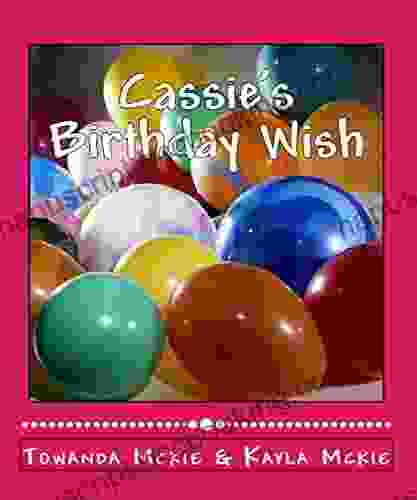
 Robert BrowningCassie's Birthday Wish: A Heartwarming Tale of Family, Friendship, and Dreams
Robert BrowningCassie's Birthday Wish: A Heartwarming Tale of Family, Friendship, and Dreams Noah BlairFollow ·16k
Noah BlairFollow ·16k Albert ReedFollow ·5.1k
Albert ReedFollow ·5.1k Dale MitchellFollow ·17.2k
Dale MitchellFollow ·17.2k Jerome BlairFollow ·2.5k
Jerome BlairFollow ·2.5k Jedidiah HayesFollow ·16.4k
Jedidiah HayesFollow ·16.4k Nikolai GogolFollow ·2k
Nikolai GogolFollow ·2k Ervin BellFollow ·3k
Ervin BellFollow ·3k Rex HayesFollow ·13.7k
Rex HayesFollow ·13.7k
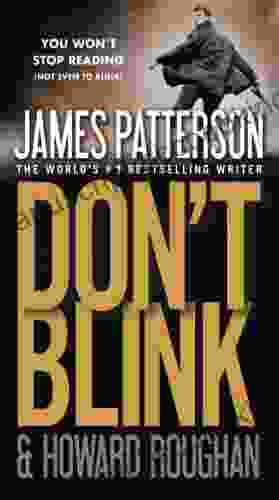
 W.H. Auden
W.H. AudenStep into a World of Thrilling Deception: Don Blink by...
Unveiling the Masterpiece of Suspense:...
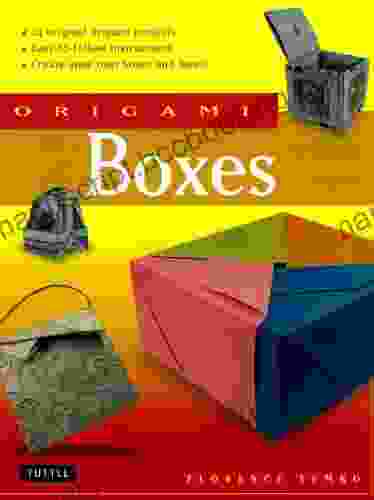
 Jaylen Mitchell
Jaylen MitchellUnleash Your Creativity with "This Easy Origami": A...
: Embark on an Enchanting Voyage into the...
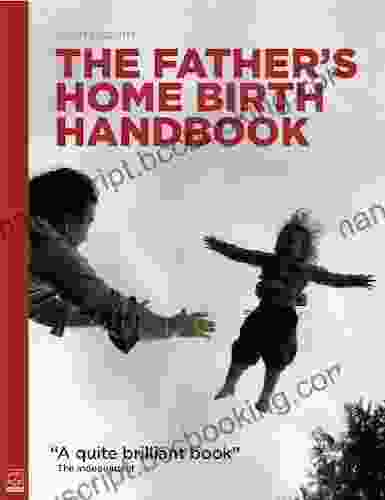
 Vladimir Nabokov
Vladimir NabokovEmpowering Home Births: A Comprehensive Guide for Fathers...
An In-Depth Exploration of Paternal...
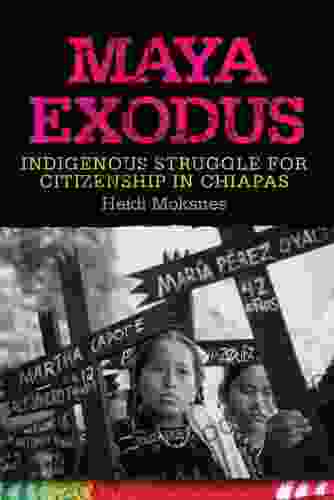
 Juan Rulfo
Juan RulfoThe Maya Exodus: Indigenous Struggle for Citizenship in...
The Maya Exodus: Indigenous Struggle for...
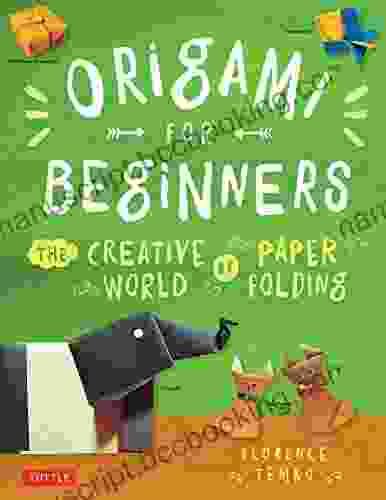
 Julio Ramón Ribeyro
Julio Ramón RibeyroKana Made Easy: Dive into Japanese the Fun and Effortless...
Unveiling the Secrets...
4.5 out of 5
| Language | : | English |
| File size | : | 553 KB |
| Text-to-Speech | : | Enabled |
| Screen Reader | : | Supported |
| Enhanced typesetting | : | Enabled |
| Word Wise | : | Enabled |
| Print length | : | 41 pages |
| Lending | : | Enabled |


